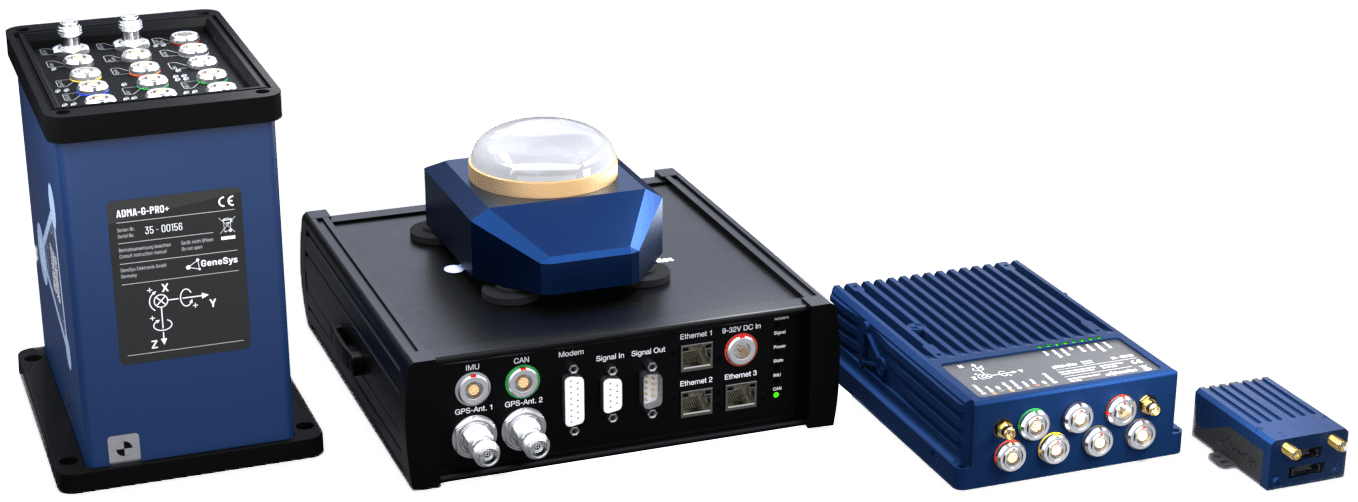After starting the measurement, the position-, tilt- and velocity-status is available after 120 sec. This status is based on the Kalman filter’s internal estimation of the quality of the state variable (standard deviation Stddev). With two adjustable thresholds for each status, it’s possible to give a statement about the quality of the measurement, which can be displayed in form of a traffic light design.

The threshold
green-yellow: separates small from tolerable measurement errors,
yellow-red: tolerable from non-acceptable errors.
Thus, GNSS outage situations, where system performance degrades over time, are easily detected and appropriate actions can be taken.
Values for position-, tilt- and velocity -quality:
• 0 = Red
• 1 = Yellow
• 2 = Green
This functionality is also advantageous during transient phase of the Kalman filter at the beginning of a measurement. After a certain period of time the status is switched active, changing from “red” to the current state, normally to “yellow” or “green”. This indication can be used to start data recording.

Threshold for Position Quality
The position quality is particularly of interest when (D)GNSS is used and will be calculated out of the standard deviation (stddev) of latitude and longitude with the formula:

If the ADMA is operating with (D)GNSS, the position error is expected to be within an error band, depending on the quality of the current GNSS position and the available GNSS mode. If GNSS data isn’t available for a certain period of time (e.g. due to GNSS outage), the ADMA position quality decreases, due to the own error dynamic of the gyro system, following a square function.
With decreasing quality, the standard deviation of the signals will increase. In case the threshold is reached, this is shown accordingly (yellow, resp. red). Acceptable errors and thus their thresholds may vary with the application and can be within a possible error range of 0.1, 1, 5, 10 m or even 20 m. As example: in case of crosswind influenced tests, the position measurement needs to be very exact, accordingly the limits must be set closely.
With the GNSS re-entering after a GNSS outage the position quality will increase again. This leads to smaller standard deviations of the ADMA position and thus affecting the position standard deviation.
Note: The position error can be reduced to a linear error behaviour by using an external velocity signal. Subsequently, a better position quality can be expected over a certain period of time.
Threshold for Tilt-, and Speed Quality
The tilt quality will be calculated out of the standard deviation (stddev) of roll pitch and yaw with the formula:

The speed quality will be calculated out of the standard deviation (stddev) of velocity in x, y and z with the formula:

In contrary to the position quality, the tilt- and velocity-quality is of interest to most operation modes. It is advantageous that the tilt- and velocity-error only increases linear over the time. In cases of a (D)GNSS outage a better error behaviour can be expected compared to those of the position.



